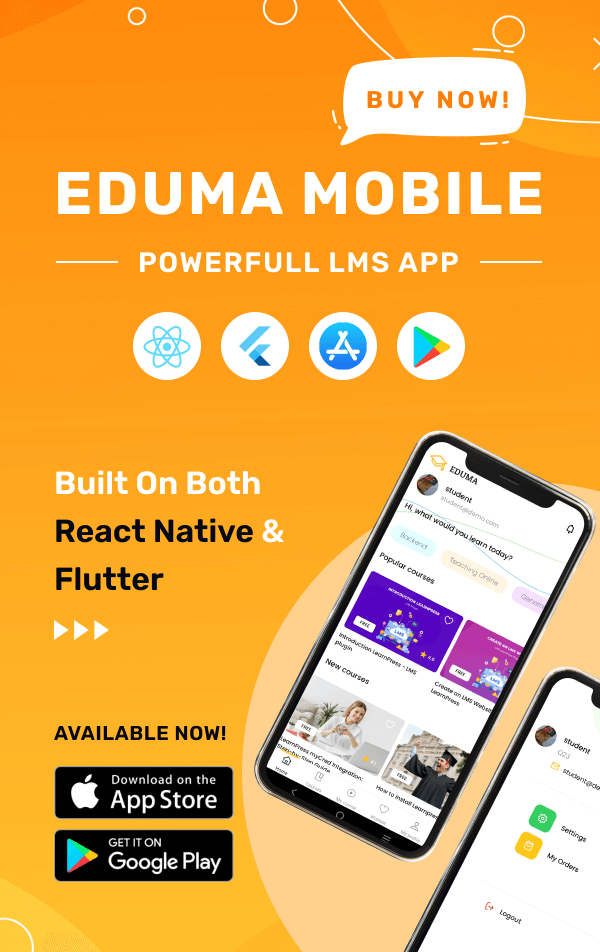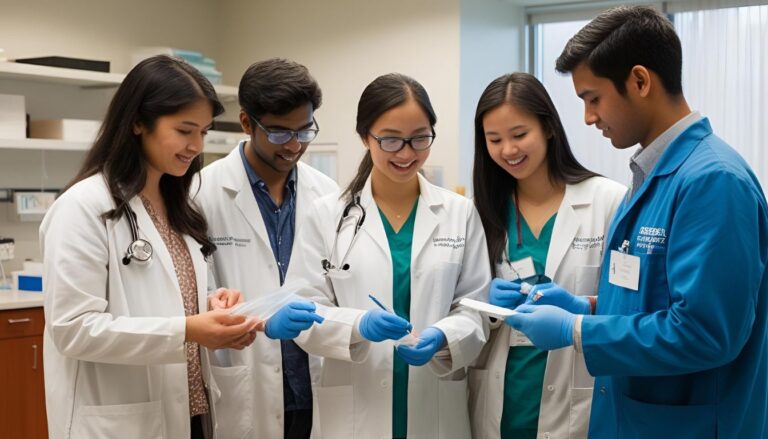Have you ever wondered what it takes to practice medicine in India after completing your degree abroad? For Indian students who pursue their medical education in Bangladesh, understanding the pathway to recognition is crucial. The journey involves several steps, each designed to ensure that your qualifications meet the standards set by the National Medical Commission.
Studying in Bangladesh offers a curriculum that aligns closely with Indian requirements. However, the transition back to India requires careful planning. From clearing competency exams to verifying documents, every step plays a vital role in your success.
One of the key challenges is the timeline. Completing your degree and internship takes 5-6 years. Add to that the preparation for exams like NEET, and the process becomes even more demanding. But with the right guidance, it’s entirely achievable.
This article will walk you through the essential steps. We’ll cover everything from eligibility criteria to the final registration. Whether you’re just starting or nearing the end of your studies, this guide will help you navigate the process with confidence.
Understanding the NMC Registration Process for Bangladesh MBBS Graduates
For Indian students pursuing medical education abroad, understanding the pathway to practice in India is essential. The National Medical Commission (NMC) plays a crucial role in ensuring that your qualifications meet Indian standards. This step is vital for those who have completed their studies in countries like Bangladesh.
What Is the NMC and Why Is Registration Important?
The NMC is the regulatory body for medical education and practice in India. It ensures that doctors meet the required standards to provide safe and effective healthcare. For students who have studied abroad, NMC recognition is mandatory to practice medicine in India.
Without this recognition, you cannot apply for government medical jobs or pursue postgraduate studies in India. It also ensures that your degree is globally recognized through WHO and WDOMS accreditation.
Key Benefits of NMC Registration for Indian Students
Registering with the NMC opens up numerous opportunities for Indian students. Here are some of the key benefits:
- Eligibility for government medical jobs in India.
- Simplified admission to postgraduate programs through NEET-PG.
- Global recognition of your degree, allowing you to practice internationally.
- Affordable education with total fees ranging from ₹25-35L, compared to ₹60L+ in Indian private colleges.
Studying in Bangladesh offers a curriculum aligned with Indian requirements, making the transition smoother. With 25-40% of seats reserved for international students, it’s a popular choice for Indian aspirants.
Eligibility Criteria for NMC Registration After MBBS in Bangladesh
Meeting the eligibility criteria is the first step toward practicing medicine in India after studying abroad. For students who completed their medical education in another country, understanding these requirements is essential. This ensures a smooth transition and compliance with Indian standards.
Academic Requirements and NEET Qualification
Students must have passed their 12th-grade exams in Physics, Chemistry, and Biology. General category candidates need a minimum of 60%, while reserved category students require 55%. Additionally, qualifying for the NEET exam is mandatory for those seeking admission on or after May 2018.
The NEET result remains valid for three years from the date of declaration. This allows students ample time to complete their studies and prepare for the next steps. For more details on exemptions, visit our guide on language proficiency exemptions for English-medium graduates.
Age and Other Essential Criteria
Candidates must be at least 17 years old by December 31 of the admission year. There are also restrictions on gap years between 12th grade and starting medical studies. Students must provide a police clearance certificate to ensure a clean record.
- Age: 17+ by December 31 of the admission year.
- Gap year restrictions apply between 12th grade and medical studies.
- Police clearance certificate is mandatory.
Essential Documents for NMC Registration
Gathering the right documents is a critical step in your journey to practice medicine in India. Proper preparation ensures you meet all requirements without delays. Below, we’ve outlined the key paperwork you’ll need.
Academic Transcripts and Certificates
Your academic records are vital. These include mark sheets from all semesters and your degree or provisional certificate. Make sure they are authenticated and translated if necessary.
Passport, Visa, and Police Clearance
You’ll need a valid passport and copies of your visa stamps. A police clearance certificate is also mandatory to confirm your clean record. Keep these documents updated and error-free.
Additional Supporting Documents
Here’s a list of other essential items:
- Affidavits explaining gap years or marital status, if applicable.
- A medical fitness certificate from an empaneled hospital.
- Recent passport-size photographs with a matte finish (3.5cm x 4.5cm).
- Bank statements showing ₹15-20L as proof of maintenance funds.
Double-check all documents for accuracy. Missing or incorrect paperwork can delay your application. Stay organized and proactive to ensure a smooth process.
Step-by-Step NMC Registration Process Bangladesh MBBS
Navigating the steps to practice medicine in India after studying abroad can seem overwhelming. However, breaking it down into manageable tasks makes it easier. Here’s a detailed guide to help you through the process.
Creating Your NMC Online Account
The first step is to create an online account on the official website. This account will be your gateway to submitting your application and tracking its progress. Ensure you use a valid email address and phone number for smooth communication.
Filling Out the Application Form
Once your account is set up, you’ll need to fill out the application form. Provide accurate details about your academic background, personal information, and medical education. Double-check all entries to avoid errors that could delay your application.
Uploading and Verifying Documents
Uploading the required documents is a critical step. Ensure all files are in PDF format, less than 5MB, and scanned at 300dpi for clarity. Here’s a checklist to help you stay organized:
| Document | Priority | Notes |
|---|---|---|
| Passport | High | Ensure it’s valid and clear. |
| Academic Transcripts | High | Include all semesters. |
| Police Clearance Certificate | Medium | Must be recent. |
| Medical Fitness Certificate | Medium | From an empaneled hospital. |
After uploading, verify all documents for accuracy. Resolve any format or resolution errors promptly. You’ll receive SMS alerts to track the verification status, ensuring transparency throughout the process.
Preparing for the NMC Competency Exams
Preparing for the competency exams is a crucial step for medical graduates aiming to practice in India. These exams ensure that students meet the required standards to provide safe and effective healthcare. With proper planning and resources, success is within reach.
Overview of the CBT and OSCE Exams
The Computer-Based Test (CBT) and Objective Structured Clinical Examination (OSCE) are designed to assess both theoretical knowledge and practical skills. The CBT consists of 120 multiple-choice questions, focusing on clinical scenarios and numeracy. The OSCE evaluates hands-on abilities through timed stations.
Results are typically available within 48 hours, allowing students to plan their next steps. Candidates are allowed up to three attempts, making it essential to prepare thoroughly for each try.
Tips to Ace the NMC Screening Test
Here are some strategies to help students excel in the exams:
- Use recommended study materials like Marrow and PrepLadder for comprehensive preparation.
- Practice time management during OSCE stations to ensure all tasks are completed within the allotted time.
- Analyze post-exam feedback to identify areas for improvement and refine your approach.
By combining theoretical study with practical application, students can confidently approach these exams and achieve their goals.
Paying Fees and Submitting Your Application
Completing your application involves a clear understanding of the fee structure and payment methods. This step ensures your submission is processed without delays. Let’s break down the details to make it easier for you.
Understanding the Fee Structure
The fee structure is designed to be transparent and straightforward. It covers all necessary charges for processing your application. Students should verify the exact amount before proceeding to avoid discrepancies.
Most colleges require payments to be made online. This ensures a secure and efficient transaction process. Always double-check the amount and ensure you have the correct payment details.
Payment Methods and Refund Policies
Payments can be made via NetBanking, UPI, or credit card. These methods are widely accepted and provide instant confirmation. If a transaction fails, students can retry or contact support for assistance.
Refund policies are student-friendly. For cancellations made before the CBT, a 90% refund is provided. Additionally, a GST invoice is generated for every payment, ensuring transparency and compliance.
- Failed transactions can be resolved by retrying or contacting support.
- 90% refunds are available for cancellations before the CBT.
- GST invoices are automatically generated for all payments.
Tracking Your Application Status
Keeping track of your application progress is essential for a smooth transition. It helps you stay informed and address any issues promptly. The process involves monitoring updates and taking action when needed.
How Long Does the Process Take?
The timeline for application processing varies. Typically, it takes a few weeks to a couple of months. Factors like document verification and workload can influence the duration.
To check your status, visit the official website and enter your File Tracking Number. You’ll see updates like “Approved,” “Pending,” or “Deficiency Notified.” Regular updates ensure transparency and peace of mind.
What to Do If There Are Delays
Delays can happen, but there are ways to address them. Start by drafting a clear and concise escalation email. Include your application details and the issue you’re facing.
If documents are missing or incorrect, follow the re-submission protocols. Ensure all files are in the required format and meet the specified criteria. For unresolved issues, consider filing an RTI for transparency.
Use the grievance redressal portal at eras.nmc.org.in to report problems. This platform is designed to help students resolve application-related concerns efficiently.
After Registration: Next Steps for Indian Medical Graduates
Once you’ve completed the necessary steps, what comes next for medical graduates? The journey doesn’t end with recognition. It’s time to explore the opportunities that await you in the medical field. Whether you’re aiming for internships, residencies, or long-term career growth, there are multiple pathways to consider.
Applying for Internship or Residency in India
Internships and residencies are crucial for gaining hands-on experience. Many graduates choose to apply for positions in corporate hospitals, which offer a 78% placement rate. These roles provide valuable exposure to diverse medical cases and advanced technologies.
If you’re interested in specialized training, consider preparing for exams like USMLE or PLAB. These pathways open doors to international opportunities and further specialization. Additionally, state PSC exams are another option for those seeking government roles.
Career Opportunities Post-Recognition
With your qualifications in place, a wide range of career options becomes available. Here are some key opportunities to explore:
- Corporate Hospitals: High placement rates and competitive salaries make this a popular choice.
- Entrepreneurial Ventures: Telemedicine and private medical practices are growing fields.
- Further Education: Pursue advanced courses to specialize in areas like cardiology or neurology.
Studying MBBS abroad equips you with a global perspective, making you a strong candidate for diverse roles. Whether you choose to work in India or abroad, the skills you’ve gained will set you apart.
Conclusion
Successfully navigating the pathway to practice medicine in India requires careful planning and attention to detail. The 6-phase process, which typically takes 6-8 months, involves document verification, application submission, and approval. Starting early with document preparation can save time and reduce stress.
For assistance, students can reach out to the NMC helpline (1800-11-9999) or visit regional centers. These resources are invaluable for resolving queries and ensuring a smooth experience. Before submission, double-check all documents to meet the required guidelines.
Here’s a quick checklist to help you stay organized:
- Ensure all documents are properly attested and authenticated.
- Verify that your application form is complete and accurate.
- Keep track of deadlines to avoid delays.
With the right preparation and resources, you can confidently complete the process and take the next step in your medical career.





